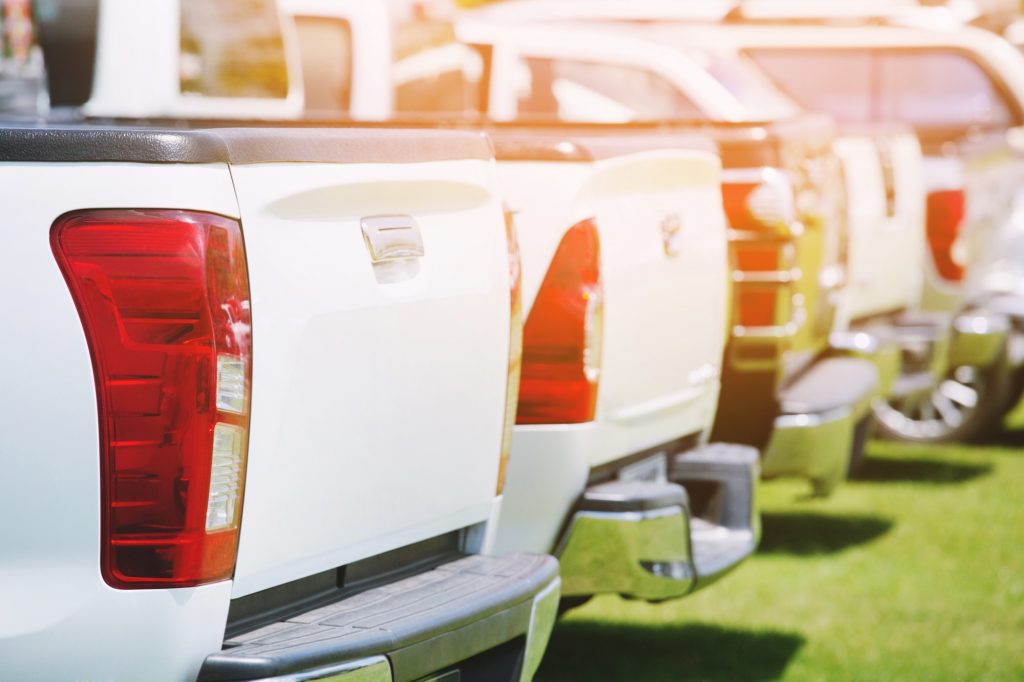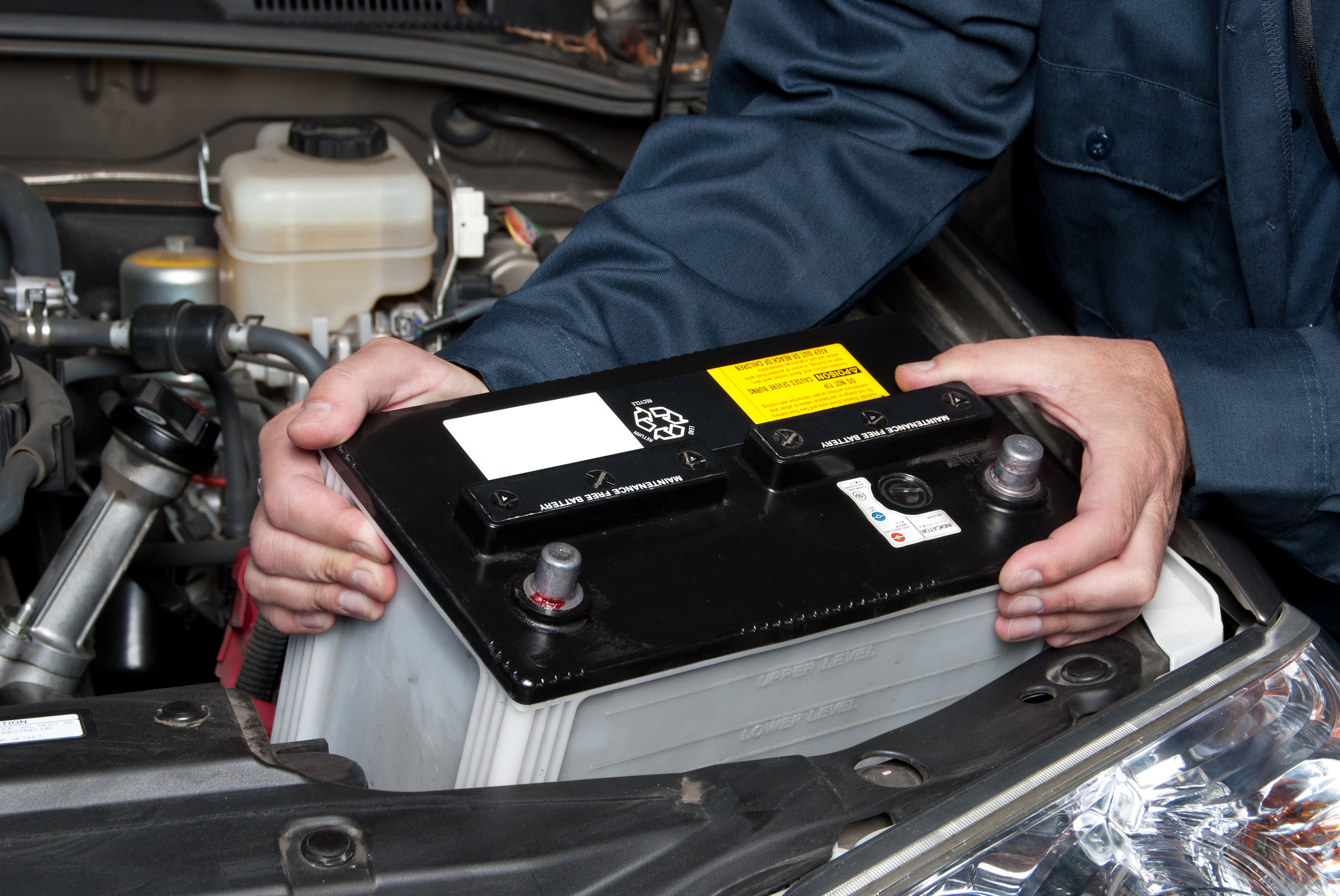
Each year, more than 40 million used vehicles get sold in the United States. People choose to buy used cars and trucks instead of new ones for many reasons, but most often, it’s because they’re a better deal.
Buy buying a used truck, you’re able to get more for your money. But you need to know what to look for to make sure you’re getting a good deal.
Unfortunately, not all sellers are trustworthy and some used trucks may not be well-cared for by their previous owners.
Here are a few things to look for when searching for the right truck for your needs.
1. Check the Body
The first thing you’ll want to check on any used truck is the condition of the body. Try to view the truck in natural light ideally during the afternoon when the day is clear.
Look for any signs of rust and discoloration in the paint. This could indicate bodywork or damage that may cause issues in the future.
If you see any scratches or dings, consider whether or not you’re okay leaving them or are willing to pay for the repairs if you buy the truck. Remember, surface damage doesn’t mean the truck is worthless. You just need to make sure you’re comfortable with it.
2. Inspect the Tires for Wear
Tires are easy to replace, but they can get expensive. It’s always best to buy a used truck that has tires that are in good condition.
Inspect the walls of the tires for cracks and dry rot. Grab a penny and check the depth of the tread. If the tread covers Abe Lincoln’s head, the tires are in good shape.
If not, you’ll want to replace them. You may be able to negotiate the cost of the truck down to compensate for the tires you’ll have to buy.
3. Check for Water Damage
Floods happen and when they do, individuals and dealerships alike will try to offload their trucks. Though it’s possible to get a good deal during those sales, it’s important to look for signs of water damage inside the cab.
Pick up the floormats and look for discoloration or water marks on the carpet underneath. If you see any, proceed with caution. Buying a used truck that’s been in a flood could stick you with some costly repairs in the long-run.
4. Ask for Maintenance Records
Used trucks have been on the road for a while. This means they should have gotten routine maintenance taken care of at least a few times.
Don’t be afraid to ask for the maintenance records. This can be everything from regular tune-ups to oil changes. But take the time to go through them and make sure everything is in order.
If the seller doesn’t have the maintenance records, get the truck inspected by a trusted mechanic before you buy it. Lack of maintenance could lead to costly repairs if you’re not careful.
5. Look at the Windows
Cracks in the glass can be problematic. Check the windows, windshields, and mirrors for any cracks or dents. If you see any, know that you’ll want to get them fixed before long.
Cold weather and changing temperatures can cause those cracks to spread. When they do, they can hurt your visibility and increase the risk that the pane will break entirely.
You’ll also want to test the windows to make sure they roll up and down without issue. It’s possible to replace a broken window motor, but it might not be worth the cost.
6. Test the Suspension
Suspension systems help smooth out the ride but they can break down over time. When buying a used truck, take the time to check the suspension. Push down on each corner of the truck and watch the response.
If the suspension is in good shape, it will bounce once under the pressure. If the truck keeps bouncing, the suspension is likely shot and will need to get fixed before you can drive the truck comfortably.
7. Check for Oil Leaks
Oil leaks mean the engine isn’t getting the lubrication it needs to run properly. When the engine is cool, check beneath the truck for signs of dripping oil.
Use a flashlight to check for discoloration on the dirt or pavement. If you see any, get the engine inspected before you buy.
Minor leaks are easy to fix and won’t do any significant damage to the truck, but major leaks could cause premature wear and tear to the engine.
8. Inspect the Hoses and Belts
Hoses and belts won’t last forever. They’re under constant strain anytime the truck is moving.
Before you agree to buy the truck, pop the hood and inspect the hoses and belts for wear and tear. The rubber hoses should still be supple, but not soft. The belts should be whole and have no signs of weak spots of fraying edges.
Keep in mind that you’ll eventually need to replace the hoses and belts the more you drive the truck. If the current ones show signs of damage, you can still buy the truck if everything else is in good shape. Just factor in the cost of replacements to determine if it’s the right deal.
9. Take It for a Test Drive
The best way to tell if a truck is in good condition is to take it for a test drive and see how it sounds and handles on the road. Try to get behind the wheel for at least a few miles and take the truck on different roads at different speeds.
Gauge how it handles and pay attention to any strange noises that you hear when transitioning from lower to higher speeds. If anything seems off, keep looking.
Be Mindful When Buying a Used Truck
Buying a used truck is a great way to help you get more bang for your buck. The key is to be mindful and pay attention to any minor issues you come across when looking at your options.
Minor repairs and damage don’t have to be a turn-off. You can still buy the truck if you’re comfortable paying for those repairs down the line.
Need some guidance on how to make those repairs on your own? Check out our latest posts.




